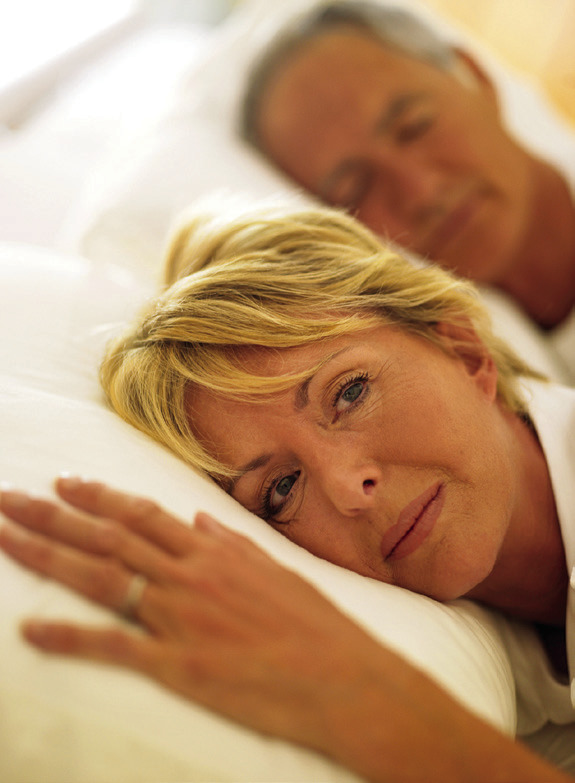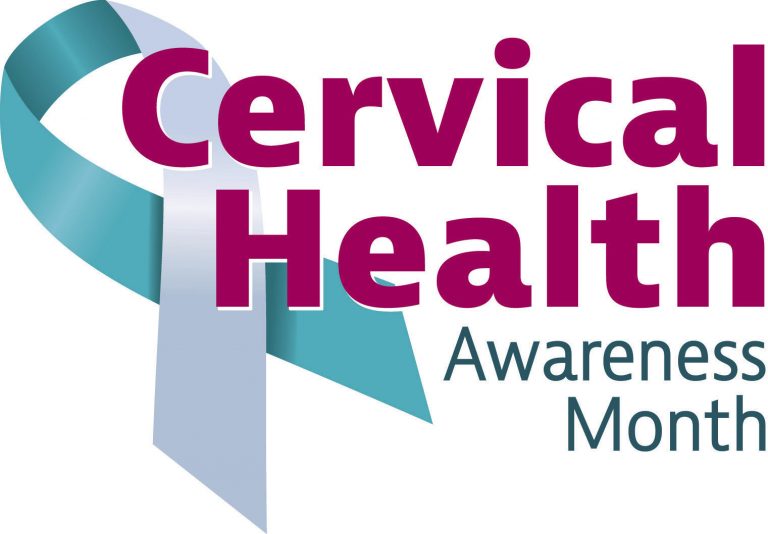There is no magic formula to ensure long-term health. However, if there were such an equation, sleep would be a critical component. Though adults may be able to function with less sleep than doctors recommend, the National Institutes of Health note that consistent lack of sufficient sleep can interfere with work, social functioning and driving ability. The National Institute on Aging notes that adults of all ages generally need the same amount of sleep, typically between seven and nine hours of rest per night. That’s an important distinction, as busy adults in mid-life might feel as though they can operate on less sleep without adversely affecting their overall health. However, in addition to the problems noted by the NIH, the NIA reports that ongoing lack of sleep, or even consistently poor sleep quality, can increase risk for cardiovascular disease, high blood pressure, diabetes, depression, and obesity. Adults who feel their sleep quality is poor or those who aspire to sleep more each night can consider these three strategies to ensure a more restful night’s sleep.









